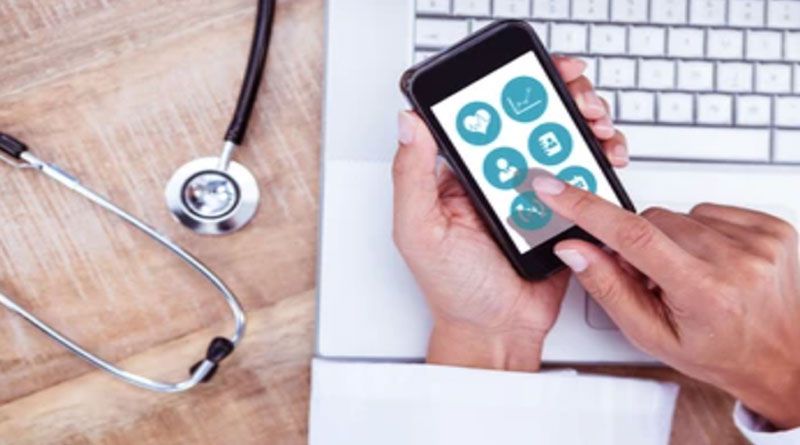The paradigm of healthcare has shifted radically since the introduction of the internet in the early ’90s. A technological advancement that set a foundational base for developments to come, it opened the door to previously unimaginable possibilities for the healthcare industry.
Modern-day medicine is nearly inseparable from this technology. It is involved in every aspect of medicine including prevention, diagnosis, and treatment. In this article, we’ll cover three ways in which technology is transforming the patient experience within the healthcare industry.
Genetic Testing
Mapping of the human genome wasn’t declared finished until 2003. Since then, the biotechnology industry has been eager to explore the future of editing genes, personalizing health plans, and determining disease predisposition.
Technology facilitates the collection, storage, and analysis of patient data. Contemporary programs can detect genomic markers and complicated sequences more quickly than ever before, leading to a significant decrease in cost. Now that genetic testing is more affordable, physicians can utilize it to diagnose cancer, perform prenatal screenings, and check patient compatibility with foods and pharmaceuticals.
Patient Understanding
With information just a Google search away, patients are more informed than ever. Technology has empowered patients to be more involved with their medical diagnoses. Healthcare continues to evolve into an increasingly patient-centric system.
Patients often use the internet to seek a second opinion by looking for facts, advice, and personal accounts. That deeper understanding helps patients ask their providers the right questions. Providers have significantly more medical knowledge, but patients are the expert in living with their specific illness. This knowledge coupled with their own experience allows for more effective self-advocacy.
Increased Accessibility
Recent healthcare software development allows patients to engage in ways that were previously only imaginable. For example, a smartphone user can download applications to schedule appointments, access test results, participate in counseling sessions, and personalize a nutrition plan using their genetic information.
This newfound ease and flexibility gives working adults even more options when it comes to navigating their health. Patients can book appointments during the workweek without having to leave the office. Simple questions can be answered via a patient portal and often receive an answer within a day’s time.
Technology allows healthcare providers to bridge the gap between medical professionals and patients in a variety of innovative ways. A system that once focused on expert guidance now prioritizes patient engagement, and contemporary technology makes it easier than ever for patients to take an active role in their own health.

Namaste UI collaborates closely with clients to develop tailored guest posting strategies that align with their unique goals and target audiences. Their commitment to delivering high-quality, niche-specific content ensures that each guest post not only meets but exceeds the expectations of both clients and the hosting platforms. Connect with us on social media for the latest updates on guest posting trends, outreach strategies, and digital marketing tips. For any types of guest posting services, contact us on info[at]namasteui.com.

